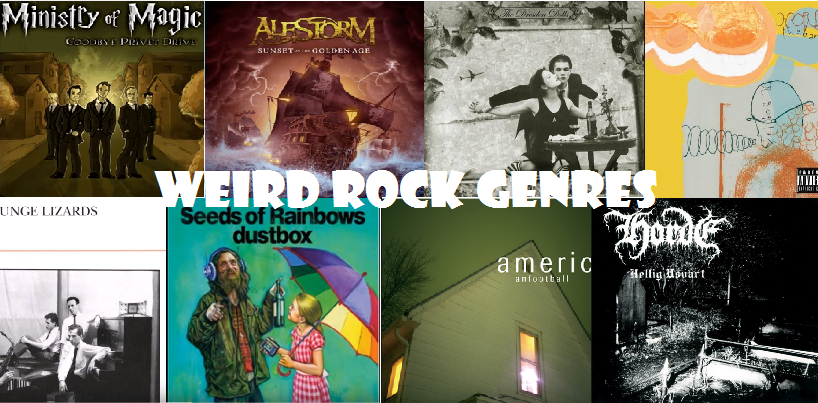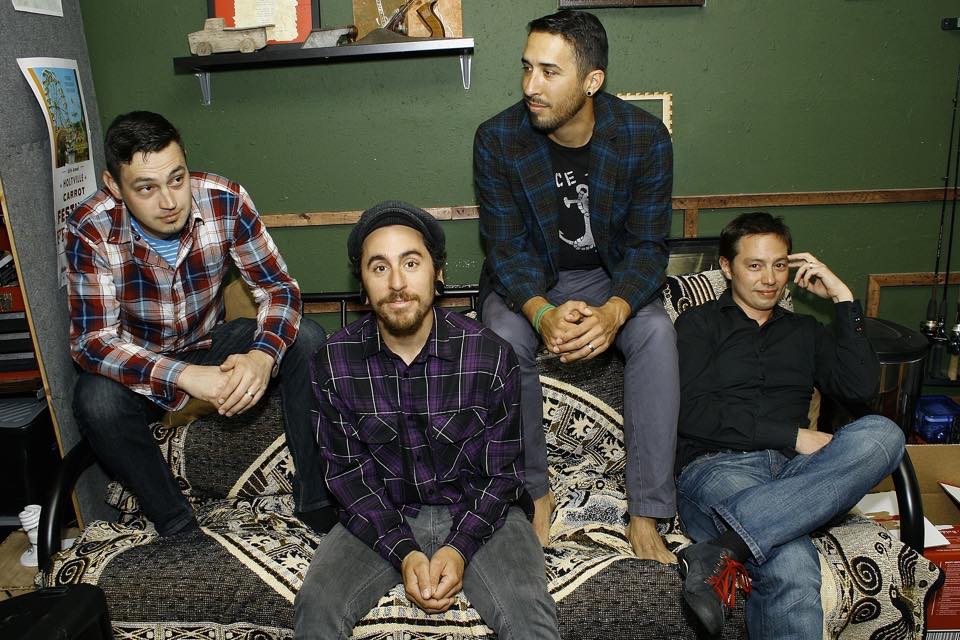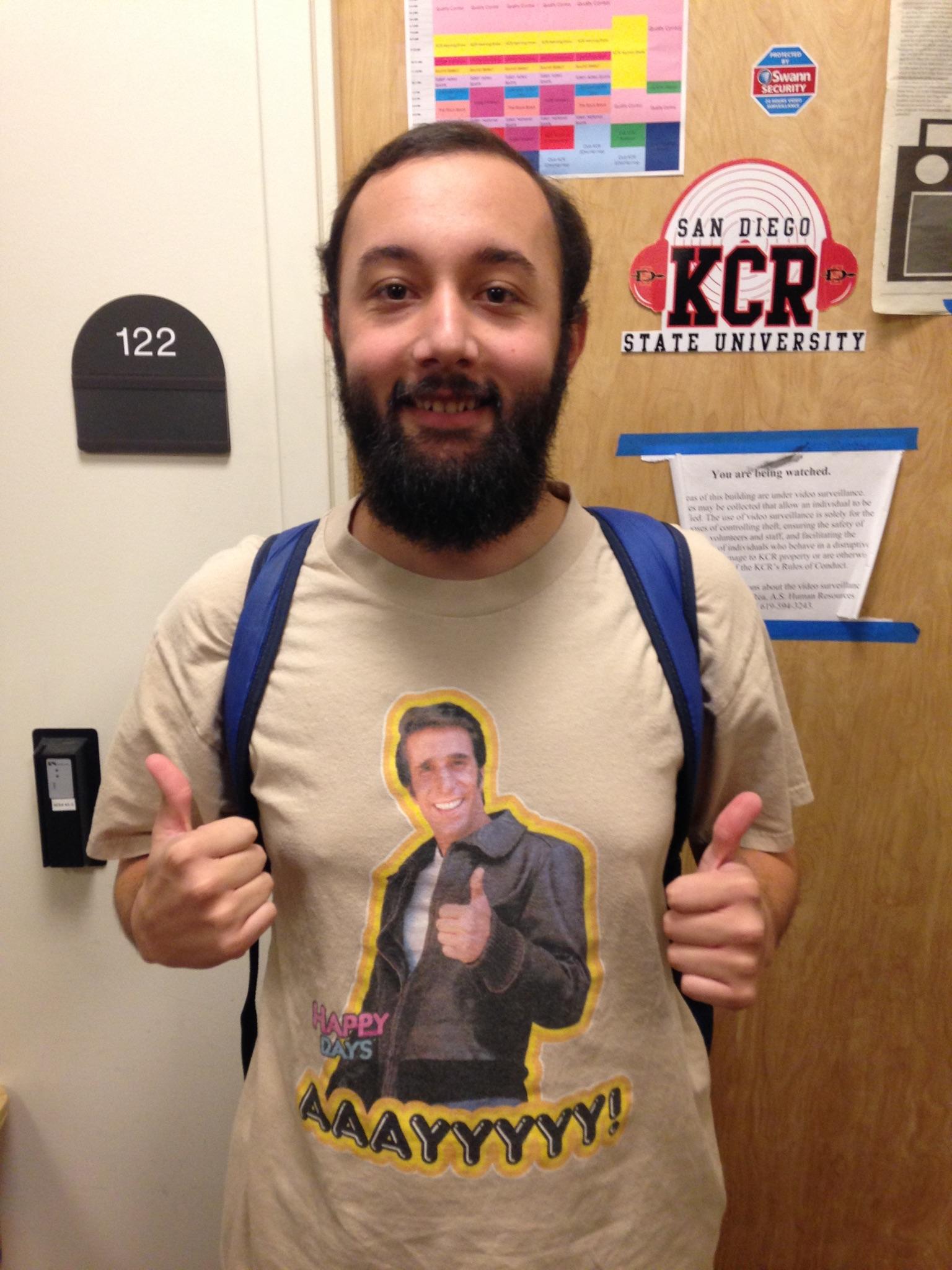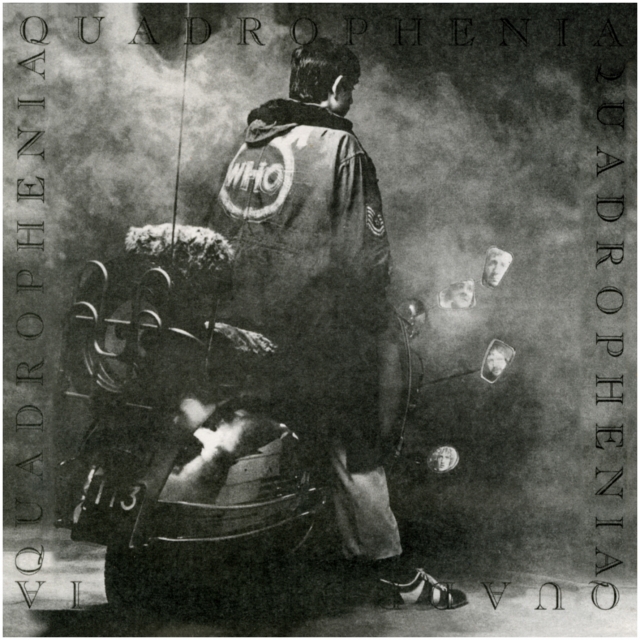Eight Weird Rock Genres You May Not Have Heard Of
Punk, indie, alternative, hard, soft, metal, classic, these pretty much cover the different rock genres right? Wrong. Search “Rock Genres” online. The result? Hundreds of genres listed one after the other. The Internet’s favorite unofficial information source (Wikipedia) lists over 200 total genres from A to Z falling under the Rock category. While it may be debatable whether all of […]




